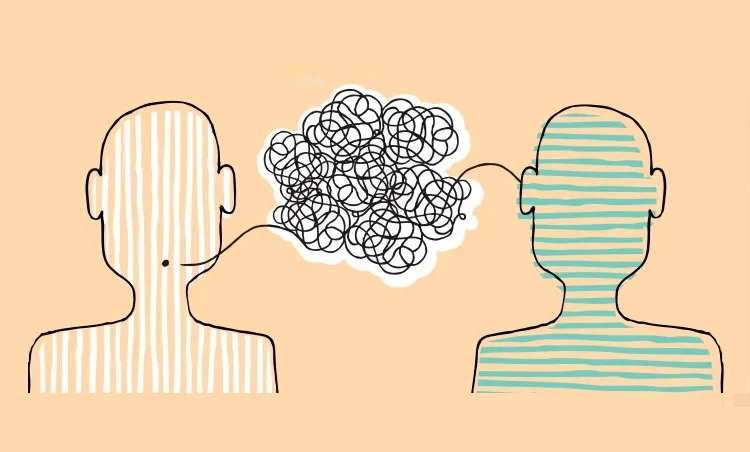I originate from a familial lineage with origins tracing back to the Thanjavur District of Tamil Nadu, which relocated to the districts of Pathanamthitta and Kottayam in Kerala approximately five hundred years ago. Despite my grandparents’ upbringing in Kerala, where Malayalam served as their primary language, they possessed fluency in both speaking and reading Tamil. Upon closer examination, it became apparent that my great-grandparents communicated with my grandparents predominantly in Tamil within their household. Owing to the clustering of migrants in proximity to fellow community members, a distinct Tamil-speaking enclave emerged, characterized by households, neighborhoods, and multi-generational families conversing primarily in Tamil. This linguistic community’s focal point revolved around the worship of Mutharamma, a Tamil rendition of the Hindu Goddess Durga, housed within the local kovil (Tamil for temple). The temple not only serves as a religious center but also as a hub for social interactions and gatherings, where conversations blend elements of both Tamil and Malayalam dialects.
Upon discovering that my parents possessed some proficiency in Tamil, albeit not to the same degree as my grandparents, I was not entirely surprised. Nevertheless, growing up in such an environment, I rarely attempted to learn Tamil myself. Initially, I found it somewhat amusing, and my reluctance was further compounded by the prevailing stereotypes and derogatory depictions of Tamil speakers in Kerala society, often labeled as “Annachis” or “Pandis,” both laden with racial and racist connotations. Consequently, I hesitated to engage with a language I perceived as unnecessary for my immediate future. My exposure to Tamil-speaking individuals primarily occurred during our annual visits to my mother’s hometown, where I interacted with neighbors and family friends fluent in Tamil. It was during these occasions that I made modest attempts to grasp basic Tamil greetings and pleasantries, such as the customary inquiry “Eppadi irukk?” (Tamil for “How are you?”) and expressions like “Sappitiya?” (Tamil for “Did you eat?”) and “Nalla irukka?” (Tamil for “Are you well?”).
In addition to interactions within family circles, friendships, and immediate neighborhoods, another notable domain where Tamil language immersion occurred was within the confines of movie theaters. During my school years, my friends and I frequented screenings of blockbuster Tamil films. These cinematic experiences provided ample opportunity for us to engage with the language as we enthusiastically mimicked the memorable dialogues and clever quips characteristic of such movies for sheer entertainment.
For someone who initially harbored reservations and anxieties about engaging in Tamil conversations and dreaded potential ridicule, fate led me to the ideal environment and community within the heartland of Tamil Nadu: the Indian Institute of Technology Madras (IIT Madras). Within a few months of settling onto the campus, I realized that survival in Tamil Nadu would necessitate more than just basic pleasantries like “Nalla irukka.” During an excursion to Marina Beach, I encountered a moment that was simultaneously traumatic and comical, reminiscent of the protagonist’s experiences in the renowned Malayalam movie “Akkare Akkare Akkare.” Lost in the bustling beach area, I found myself shouting randomly at various shopkeepers, desperately seeking assistance by repeatedly calling out “Anna! Anna! Anna!” (Tamil for “brother” or addressing an elder man).
Navigating through Chennai’s transportation system presents another challenge, particularly when opting for auto-rickshaws. Auto drivers in Chennai can be as unpredictable as our mood swings. If luck is on your side, you may encounter a driver who comprehends your attempts at communication in broken Tamil. However, in less fortunate instances, you might find yourself faced with a driver fluent only in Tamil and Hindi. In such cases, akin to many Malayalees, we often resort to conversing with them in the Hindi we have acquired through interactions with the significant migrant worker population who predominantly provide primary labor services in the state. It is almost a stereotype to address such individuals as “Bhaiyya Bhaiyya” (Hindi for “brother”), and more often than not, we end up doing so.
There was a memorable incident when I traveled in an auto-rickshaw from Pallavaram to the Airport metro station. The auto driver initiated a lengthy conversation on the significance of temples and the spirituality of the younger generation. While I could grasp only half of his dialogue, I responded with a simple acknowledgment, “Neengal sollunath seri taane Anna” (Tamil for “What you are saying is correct, Brother”), throughout the conversation. Surprisingly, this led the driver to believe he had engaged in a meaningful discussion with a devout and religiously inclined individual, leaving me both bewildered and amused yet quietly proud of having successfully navigated the conversation.


